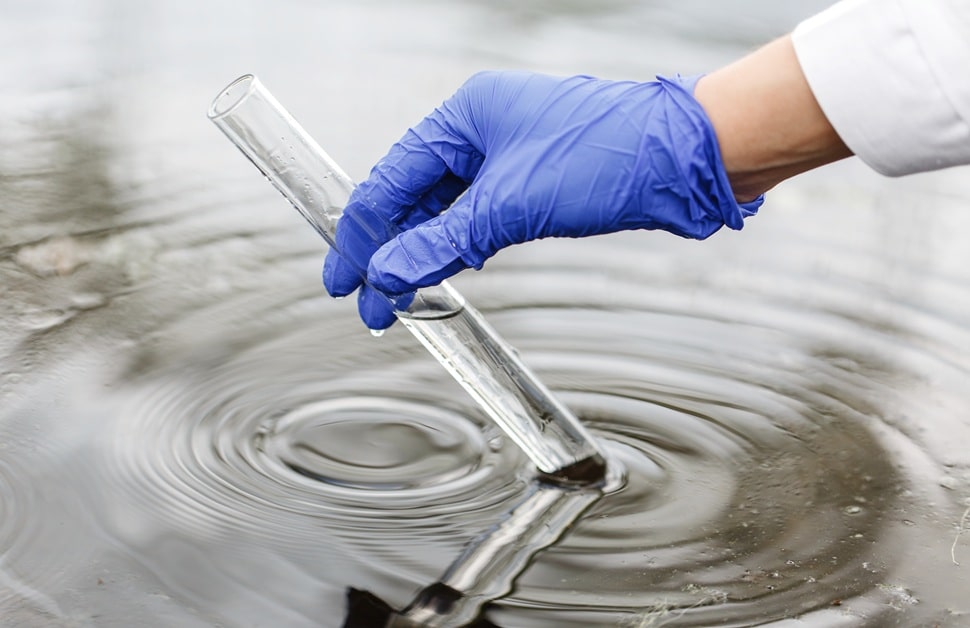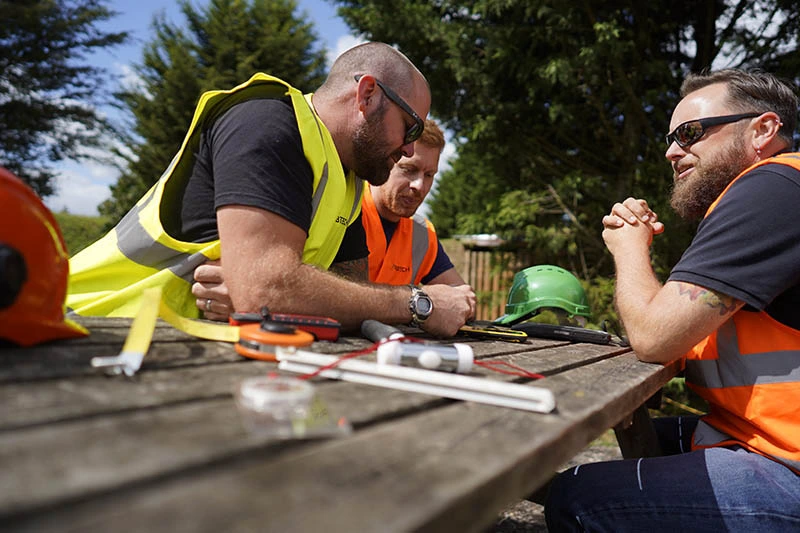Contaminated land assessments: recommended experts
A contaminated land risk assessment is a structured process used to evaluate the presence and impact of hazardous substances in soil, groundwater, controlled waters and surrounding environments. These quantitative risk assessments are essential for developers, landowners, and regulatory authorities to ensure that land is safe for use and that any unacceptable risk to human health and the environment is effectively managed.
Contaminated land: a definition
Land that is contaminated often contains evidence of the site’s former uses; for instance, mining, industrial activity or waste disposal may have left harmful substances behind in soil, air, ground water, surface water or controlled waters.

Legal reference to contaminated land
The Environmental Protection Act part 2a defines contaminated land as having substances in or beneath it that pose significant risks to health or the environment. Local councils are responsible for identifying such land and dealing with risk management.
The National Planning Policy Framework places responsibility for dealing with contaminated land on the developer, the landowner or sometimes both.
Why is a Contaminated Land Risk Assessment needed?
A contaminated land assessment may be necessary for various reasons:
- Planning consent for development: If you are seeking planning consent to develop land that may have been previously used for industrial, commercial, or waste disposal purposes, a detailed generic quantitative risk assessment can help local authorities determine whether the site is safe for its intended use.
- Change of land use: If land use is changing (e.g., from industrial to residential), it is crucial to assess any potential sources of land contamination risk to ensure safety.
- Regulatory compliance: Environmental agencies and local planning authorities often require these quantitative risk assessments to comply with environmental laws and prevent potential pollution.
- Property transactions: Buyers and investors may request an assessment before purchasing land for reasons such as residential developments to understand any contamination risks and liabilities.
- Industrial sites and waste management areas: Previously developed land with a history of industrial use or waste storage must be assessed to prevent contamination from spreading and causing further environmental damage. Site specific assessment criteria must be applied as part of a generic quantitative risk assessment.
Risks posed by polluted land
Contaminated land can present significant risks to human health, the environment, and property values. A brownfield risk assessment will be needed in many cases to assess some of the most common threats including:
- Health hazards: exposure to toxic substances such as heavy metals, asbestos, hydrocarbons, volatile organic compounds, non aqueous phase pollutants like oil or solvents and other substances can lead to respiratory problems, cancers, and other serious health issues.
- Environmental damage from contamination linkage: pollutants can leach into the soil and groundwater, affecting controlled waters and harming wildlife and ecosystems in the wider environment.
- Structural integrity issues: some contaminants can weaken building materials, posing risks to existing and future structures.
- Financial and legal liabilities: landowners and developers may be held responsible for clean-up costs, legal penalties, and decreased property values if contamination issues are not properly addressed.

What to do if you need a Contaminated Land Risk Assessment
If you require a contaminated land risk assessment, follow these steps to ensure the process is carried out efficiently:
- The first stage is to identify the requirement: determine why you need a contaminated land risk assessment report, whether for planning applications, property transactions, regulatory compliance or to discharge planning conditions.
- Engage an appropriately qualified consultant: A contaminated land risk assessment must be carried out by qualified professionals. A geo-environmental consultant will typically work for an environmental consultancy firm and must have expertise in conducting site investigations, quantitative risk assessments, assessing brownfield sites, greenfield land, risk assessment, intrusive investigation work, human health risk assessment and different types of remediation planning.

The Contaminated Land Risk Assessment process
A contaminated land risk assessment follows a structured approach to ensure accuracy and regulatory compliance: geo-environmental consultants will work according to the Environment Agency’s Land Contamination Risk Management guidelines:
Phase 1 Risk Assessment – the Preliminary Risk Assessment
- Phase 1 involves a desk study to review historical land use records, historical mapping, geological records and environmental data to establish potential contamination sources and clarify generic assumptions.
- A site visit is carried out to assess the land’s current condition and identify visible signs of contamination, contaminant sources or contaminant linkage.
- Contaminated land consultants will develop a conceptual site model to outline contamination sources, potential new pathways, and receptors.
Phase 2 – Site Investigation
- Following the desk study, historical mapping and phase 1 preliminary risk assessment, phase 2 involves a site walkover to assess land quality, collect and analyse soil, surface water, and ground gas samples. This intrusive site investigation might involve digging trial pits to monitor ground conditions.
- An assessment will be made of contamination levels using generic assessment criteria. Potential risks to human health, drinking water and the environment will be identified.
- Consultants will determine whether remediation is necessary.
Phase 3 – Risk Assessment and Remediation Strategy
- A detailed risk assessment will be drawn up according to the results of the generic assessment criteria and the conceptual site model.
- Using remedial targets methodology and qualitative assessment, remediation measures such as soil excavation, containment, or chemical treatment will be proposed.
- The relevant information will be submitted in a contaminated land assessment to the regulatory authorities for review and approval.
Phase 4 – Implementation and Validation
- The approved remediation measures will be implemented.
- Further assessment: post-remediation testing will be carried out to confirm successful decontamination.
- Final approval will be obtained from regulatory bodies including the Environment Agency to confirm that the site poses no unacceptable risk before planning conditions can be met and development can proceed.

Effectively deal with land contamination risk: obtain a land contamination report near me
A contaminated land risk assessment report is an essential process for ensuring land safety, protecting public health, and complying with environmental regulations and part 2a.
Whether you are a developer, property owner, or investor, understanding the risks associated with contaminated land and working with qualified professionals can help you to navigate the complexities of land management effectively.
By conducting thorough assessments and following appropriate remediation strategies according to site circumstances and Environment Agency guidelines, landowners can mitigate risks, satisfy planning conditions and ensure sites are safe for future use.
The experienced team of geo-environmental consultants at Arbtech can provide cost effective expert help if you need a contaminated land risk assessment report. For further information and details of land contamination report cost, complete the contact form at the top of this page.


